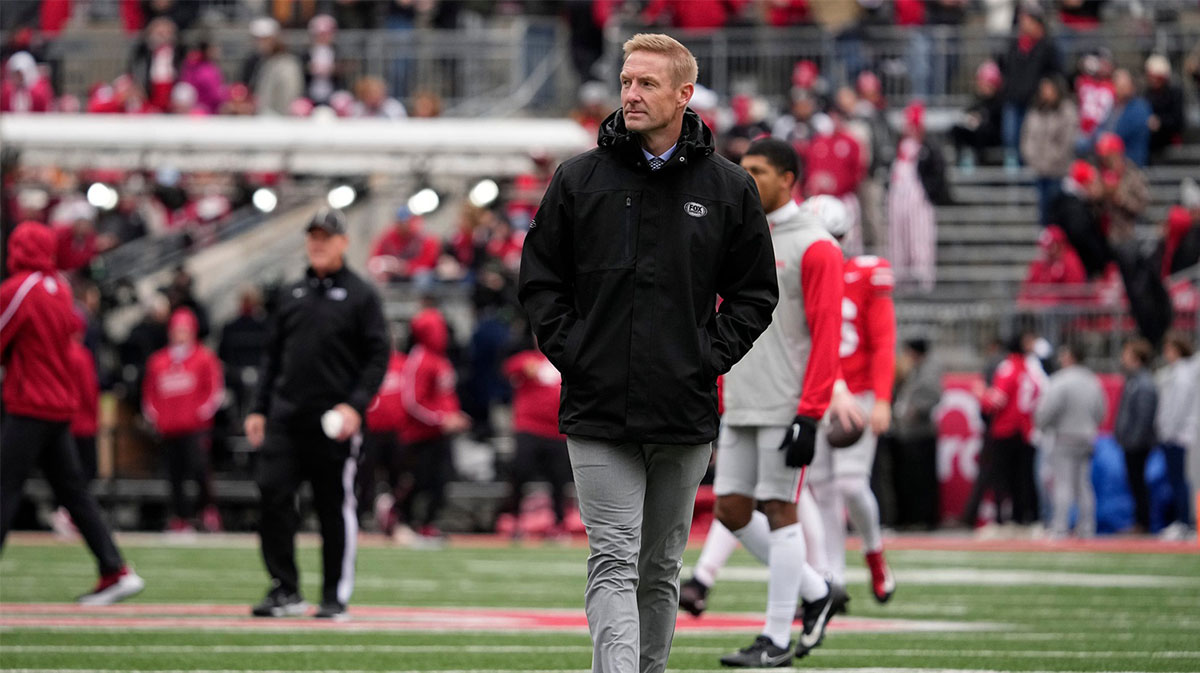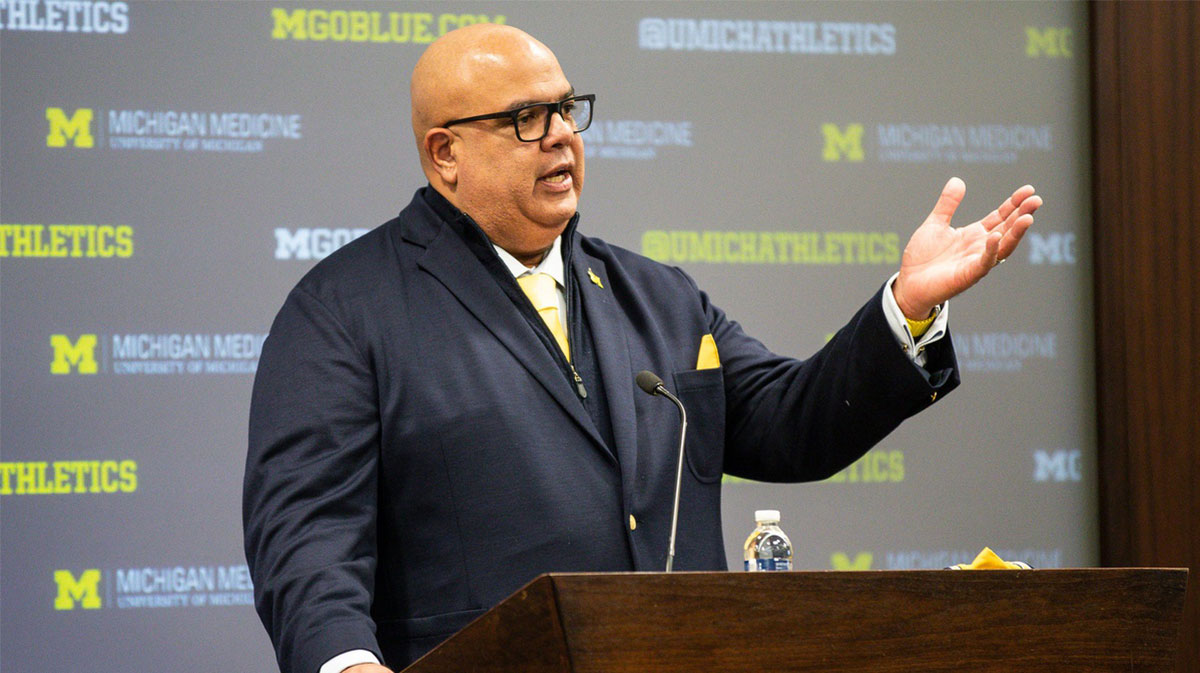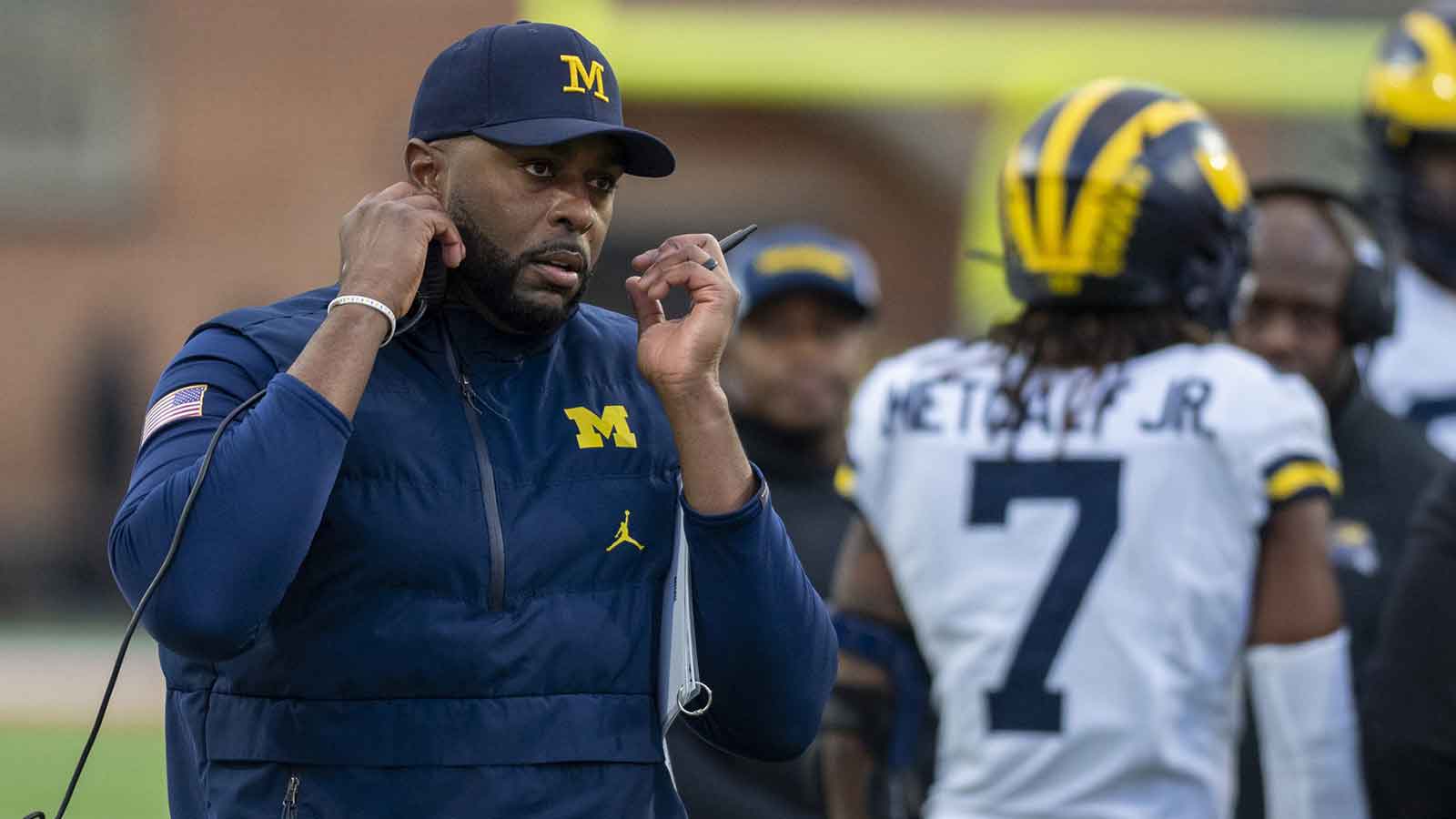In the first season of the 12-team College Football Playoff, Oregon enters the postseason as the favorite. The Ducks are 13-0, won the Big Ten Championship in their first season in the conference and have ben ranked No. 1 in every edition of this year's CFP rankings.
Dan Lanning and company proved their worth time and time again this season, defeating both Ohio State and Penn State on their way to the conference title and the No. 1 seed in the CFP bracket. However, when the bracket came out, Oregon appeared to have one of the most difficult paths to the national title.
After the bracket was released, fans everywhere were outraged at Oregon's difficult job, and FOX color analyst Joel Klatt blasted the selection committee on Monday's episode of The Joel Klatt Show.
“Congratulations Dan Lanning and the Oregon Ducks. You got absolutely screwed.” 😳😅@joelklatt feels the committee’s efforts to create artificial floors raised teams to levels they shouldn’t be, and hurt Oregon. ⬇️ pic.twitter.com/rPiQ7mXzAr
— The Joel Klatt Show: A CFB Pod (@JoelKlattShow) December 9, 2024
“Congratulations Dan Lanning and the Oregon Ducks. You got absolutely screwed by the playoff committee,” Klatt said. “Their sentiment of trying to create artificial floors rose some of these teams to levels where they shouldn't be. That's the problem. The reward for going 13-0 and having the best regular season in all of college football — which is supposed to be the most valuable regular season in all of sports — the reward for that is having to play the three highest odds teams to win the National Championship. They're going to have to go through possibly Ohio State, Texas and Georgia to win the National Championship. Now it's not a true meritocracy. It's not a true playoff. It's not a true bracket.”
Compare Oregon's path to that of Penn State, for example, who the Ducks beat to win the Big Ten title, and you see the discrepancy. Penn State opens with SMU before it would take on Boise State in the quarterfinals, a much more favorable matchup than Ohio State.
How can the CFP be changed to avoid this?

The imbalance in the bracket is caused by the automatic byes and top four seeds that are given to conference champions. Boise State (ranked No. 9, seeded No. 3) and Arizona State (ranked No. 12, seeded No. 4) both bump everyone else down significantly in the bracket, creating lopsided matchups in the quarterfinals especially.
The obvious fix to this is to create a March Madness-like format where the top five conference champions are granted automatic berths into the bracket, but are not guaranteed a bye or a seed. If the bracket were seeded this way, the seed list would be as follows.
- Oregon
- Georgia
- Texas
- Penn State
- Notre Dame
- Ohio State
- Tennessee
- Indiana
- Boise State
- SMU
- Arizona State
- Clemson
Oregon would take on the winner of Indiana and Boise State, which is a much more favorable draw than the winner of Ohio State and Tennessee as things currently stand. Meanwhile, Penn State and Texas would likely have to play Notre Dame and Ohio State, respectively, creating some fascinating matchups in the second round of this hypothetical scenario.
It's unclear if this change will come by next season, but it is clear that Oregon will have to fight an uphill battle over the next month. The Ducks have the talent to do it, but it's still a much more difficult path than the one that they deserve.



















